GNOME Review under Ubuntu 8.04.1 LTS
GEdit
Without tabs, each file will be opened in an independent window.
Totem
One image could be better than thousands of words.
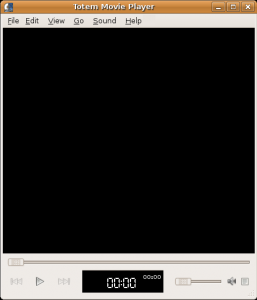
Notice that Movie replaced with File, and the Sidebar bottom became just an icon.
By the way, the same prototype is recommended for Media Player Classic:
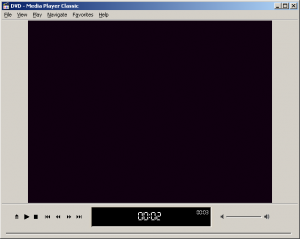
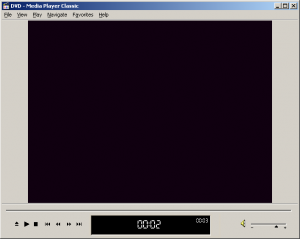
Fonts
One of the differences between Windows and Linux GUIs is using a feature called “Smooth Edges” in Windows, and “Best shapes” or “Subpixel Smoothing” in Linux. Activating this feature makes font consists of black and gray pixels, not only black pixels.
By default, this feature is used in Linux everywhere; GUI items, web pages, and office documents… etc. But in Windows it excepts GUI items, since the font used in GUI items is natively designed for GUI items only, it consists of only black pixels, there’s no gray pixels at all. We are talking here about Tahoma font.
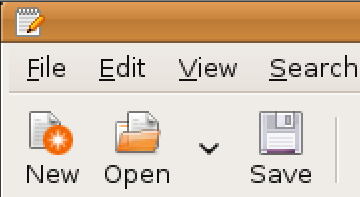
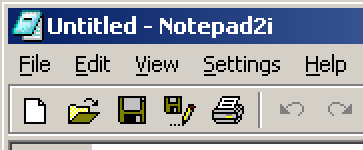
Linux is strongly recommended to follow this principle:
GUI font should be consisted of black pixels only.
Nautilus
There are five applications could be merged with Nautilus:
Sound Recorder
As a bottom in Nautilus toolbar. The default location where file will be saved in is the current location of the Nautilus window.
XSane Image Scanner
As a bottom in Nautilus toolbar as well. The default location where file will be saved in is the current location of Nautilus window.
Totem and Eye of GNOME
Pressing Enter on the opened file by Totem/Eye-of-GNOME should close its window and open its location using Nautilus, just like ACDSee.
Audio CD Extractor
I suggest a bottom on toolbar called Convert. Clicking on this bottom should lead user to a wizard consists of the following steps:
- Selecting the destination format.
- Adjust format settings.
- Selecting the destination path (by default it’s the current path).
This idea will save a lot of time and efforts for developing an independent application for each converting job!
